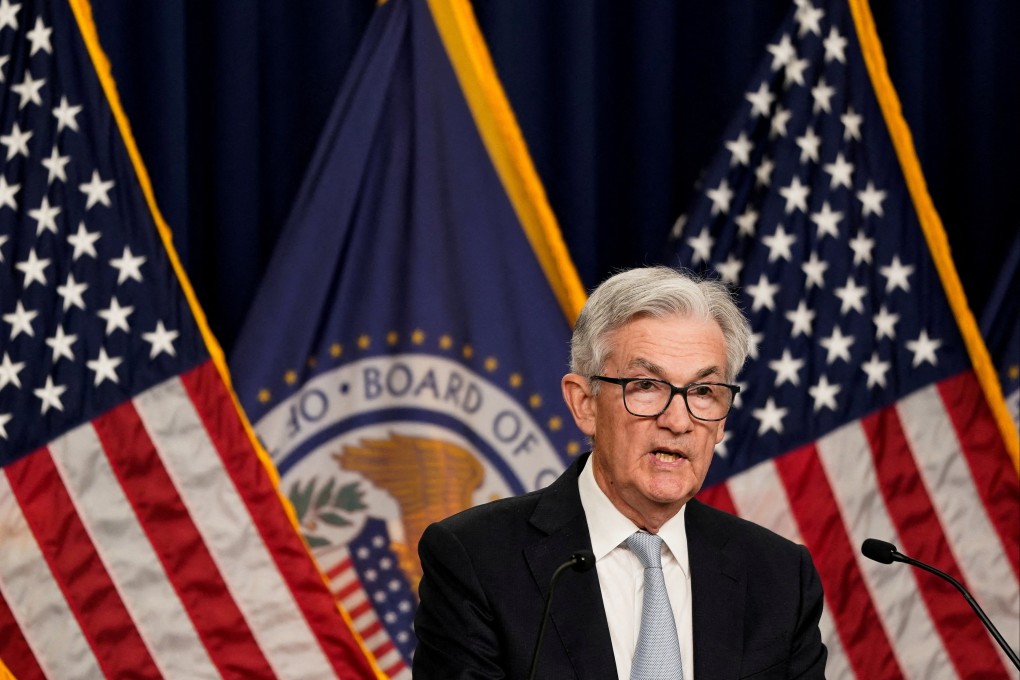Advertisement
Macroscope | Markets are holding out for a Fed policy pivot in 2023
- As the Federal Reserve prepares to unveil its latest policy direction, investors are hoping for a smaller interest rate rise than those of recent months
- If delivered, it would be a promising sign that the Fed is shifting focus from fighting inflation to keeping jobs and growth buoyant in 2023
Reading Time:3 minutes
Why you can trust SCMP
0

We will know at the end of the two-day Federal Open Market Committee (FOMC) meeting on Wednesday whether the US Federal Reserve is intent on keeping up the pressure on inflation, or whether the much-vaunted Fed policy pivot has finally arrived. The market’s money is on a 0.5 percentage rise in the Fed funds rate this week after four straight 0.75 percentage jumbo hikes.
If this happens, it will be an encouraging sign that the US monetary tightening cycle could end sometime in 2023. It could be a game changer, not only for global interest rate expectations, but for risk perceptions generally.
The Fed’s inflation fight may not be quite over yet, but it could light the touch paper for stocks and bonds and for currency markets as the strong US dollar continues to lose momentum. There’s a lot depending on the Fed this week and it’s time to deliver some better news for markets.
The key question is whether inflation or growth is the key driver for Fed policy right now. Inflation expectations may not be falling away as quickly as some might like in the US, but it’s worries about the outlook for recovery and jobs which should dominate in 2023, with the Fed keeping a cautious eye on the chances of the US economy getting stuck below optimum output potential for rather longer than it would choose.

Consumer confidence and business optimism are flagging, the economy has already briefly dipped into a shallow two-quarter technical recession in the first half of 2022 and all the signs suggest that the worst of the inflation peak has already passed. It’s time for the Fed to move on and recalibrate policy for a different set of circumstances.
Headline consumer price inflation looks like it topped out at 9.1 per cent in June and it should be heading back towards 3 per cent by the end of 2023, especially if global energy and commodity prices continue to soften. The Fed’s own preferred inflation measure, annual core personal consumer expenditure prices, seems to be behaving much better, moderating down to 5 per cent in October which should be a comfort.
Advertisement
